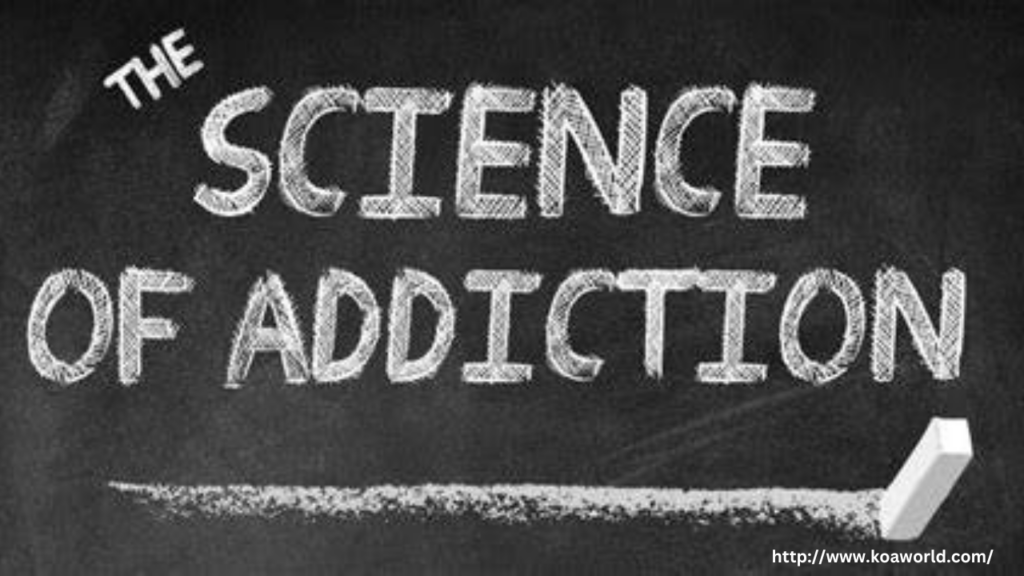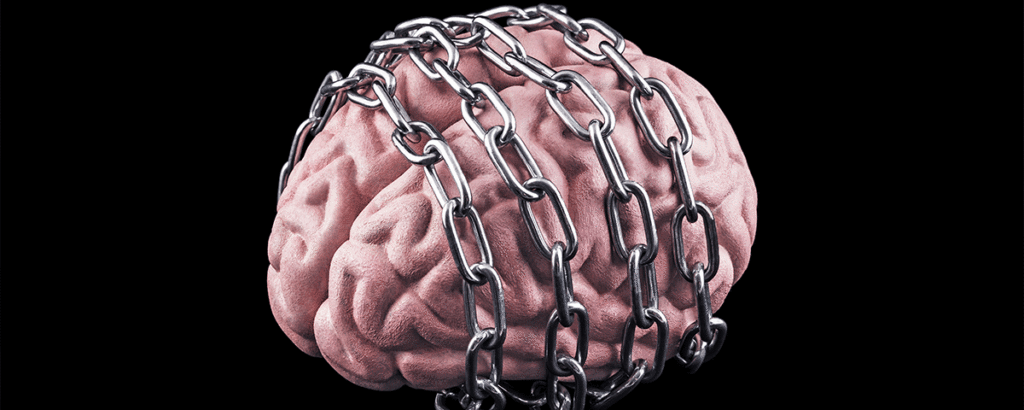
Addiction is a powerful and complex disease that fundamentally alters the brain’s chemistry and function. Many people mistakenly believe that addiction is simply a matter of weak willpower or poor decision-making, but scientific research has shown that substances can hijack the brain’s reward system, making it incredibly difficult for individuals to quit. Understanding the science behind addiction can help break stigmas and pave the way for more effective treatments and interventions.
The Brain’s Reward System and Dopamine
At the core of addiction lies the brain’s reward system, a network of structures designed to reinforce behaviors essential for survival, such as eating and socializing. This system relies heavily on a neurotransmitter called dopamine, which creates feelings of pleasure and motivation. When a person engages in enjoyable activities, dopamine is released, reinforcing those behaviors and encouraging repetition.
However, addictive substances like drugs and alcohol flood the brain with unnaturally high levels of dopamine. This excessive surge produces intense feelings of euphoria, far beyond what natural rewards can offer. Over time, the brain adapts by reducing its natural dopamine production, leading individuals to require increasing amounts of the substance just to feel normal—a phenomenon known as tolerance.
How Substances Hijack the Brain
Different substances impact the brain in unique ways, but they all share the ability to interfere with normal neural function. Some of the most common mechanisms include:
- Overstimulation of Dopamine Production – Drugs like cocaine and methamphetamine cause an extreme buildup of dopamine, creating a powerful but short-lived high that drives compulsive use.
- Interference with Neurotransmitter Function – Opioids, such as heroin and prescription painkillers, mimic the brain’s natural pain-relieving chemicals, binding to opioid receptors and triggering a flood of dopamine.
- Alteration of Brain Structures – Chronic substance use leads to physical changes in the brain, particularly in areas responsible for decision-making, impulse control, and emotional regulation. The prefrontal cortex, which helps regulate behavior, becomes impaired, making it harder for individuals to resist cravings.
The Cycle of Dependence and Withdrawal
As addiction progresses, the brain becomes increasingly reliant on the substance to function. When the drug is removed, withdrawal symptoms set in, ranging from anxiety and depression to physical pain and intense cravings. This cycle reinforces continued use, trapping individuals in a state of dependence.
Can the Brain Recover?
The good news is that the brain has the capacity to heal. While addiction can cause lasting changes, recovery is possible through medical treatments, therapy, and behavioral interventions. Medications such as methadone and buprenorphine help stabilize brain chemistry, while cognitive-behavioral therapy (CBT) helps rewire thought patterns and coping mechanisms.
Conclusion
Addiction is not a simple choice—it is a brain disease driven by changes in neural pathways and chemistry. By understanding how substances hijack the brain, we can foster greater compassion for those struggling with addiction and develop more effective treatments to help individuals regain control over their lives.

